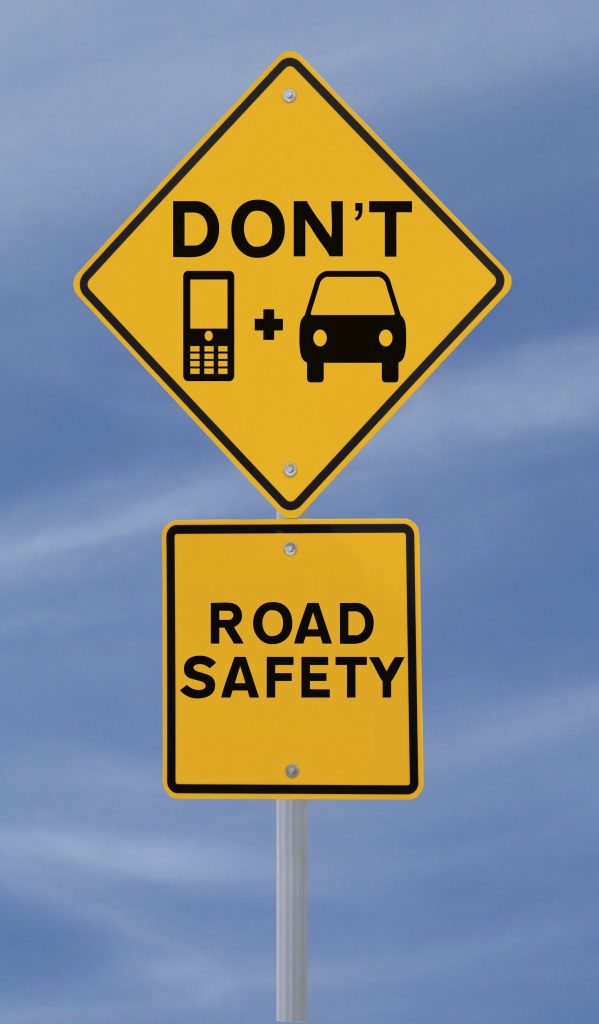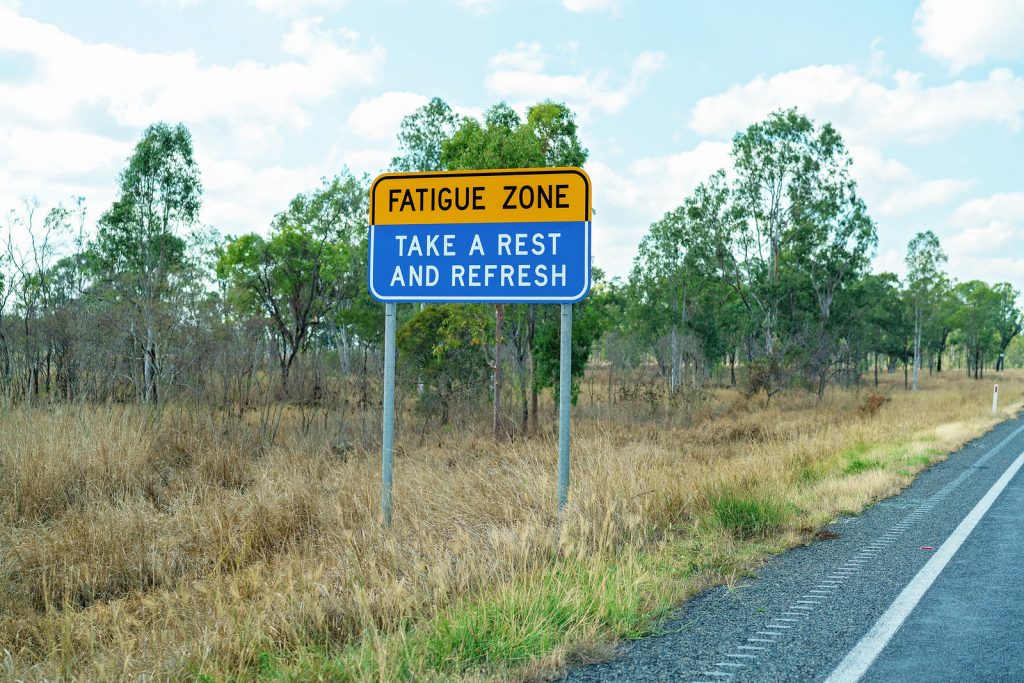Transport incidents, such as motor vehicle collisions, are the second-leading cause of injury hospitalizations and third-leading cause of unintentional injury deaths in Canada.
In 2018, 1,759 Canadians were killed on our roads and 23,872 were hospitalized with serious injuries.
The good news is that up to 90 per cent of motor vehicle collisions are preventable.
Parachute focuses on promoting development of road infrastructure that reduces collisions and reducing key behaviours that cause motor vehicle collisions: distracted driving, speeding and driving while impaired.
Speed reduction
Speed reduction is an important factor in safety for drivers, passengers, pedestrians and all road users.

- Speeding is a contributing factor in one in four fatal crashes in Canada.
- Reducing vehicle speed has been proven to be effective in preventing crashes and reducing the severity of injuries.
- Even small reductions in speed can be significant. For each 1.6 km/h reduction in average speed, collisions are reduced by five per cent.
- At a speed of 30 km/h, vehicles and pedestrians are both relatively safe; drivers have sufficient time to stop for pedestrians and pedestrians can make better crossing decisions.
- A pedestrian struck by a car traveling at 50 km/h is almost six times more likely to be killed than a pedestrian struck at 30 km/h.
- Children are more likely to be struck by a car in areas with higher speed limits.
Remember that speeding and aggression go hand-in-hand. As a driver, follow the speed limits and be patient when you come across a 30 km/h or 40 km/h zone: those lower speed limits are there for a reason as they demonstrably save lives. Communities should advocate for and support lower speed limits in areas with many pedestrians and cyclists.
Adopt these overall best driving practices:
- Use car controls responsibly and maintain awareness of the roadways.
- Follow laws and regulations where you are driving.
- Ensure you are aware of your surroundings.
- Become a role model for passengers in your vehicle.
Distracted driving
It’s important to manage distractions before getting on the road. Either mute or turn off cell phones before leaving, storing them away to avoid usage. Don’t plan to eat, drink or groom yourself while you’re driving: multi-tasking is the enemy of safe driving.

Once you are behind the wheel:
- Don’t use handheld devices of any kind; these create high levels of distraction risk among drivers.
- Be aware that your attention is split when you adjust dials in your vehicle.
- In the few seconds you turn and reach for something in the vehicle, your eyes are off the road. Leave whatever it is until you stop.
- Avoid phone conversations, even with hands-free devices, as they can be distracting. Passengers in the car are in the vehicle with you and will halt a conversation when they see potential dangers ahead, but someone on the phone does not.
- Passengers, particularly children, can distract with loud conversations and horseplay.
Distraction can be defined as anything that takes a driver’s attention away from the task at hand and can be classified into three categories: visual, manual and cognitive.
- Visual distraction: When a driver’s eyes leave the roadway.
- Manual distraction: When a driver’s hands leave the steering wheel.
- Cognitive distraction: When a driver’s mind is no longer on the task at hand.
Some examples of distraction include daydreaming, using your phone to talk, text, or read, talking to friends in the car, switching songs, changing the temperature, eating, smoking and even putting on make-up.
Note that the legal definition of distracted driving varies by province and territory, as do the penalties for this offence. Make sure you are familiar with the distracted driving laws in your area.
In addition to these categories of distraction, distractions come from either internal or external sources.
- Internal: from within the car or the driver’s mind (originating from passengers, or thoughts and daydreams),
- External: originate outside the car, such as other vehicles, advertising signs, foul weather.
Be aware of the responsibility you have as a driver, controlling two tonnes or more of moving vehicle, and recognize what is distracting you from focusing on your driving task.
Impaired driving
Impaired driving is one of the greatest risks to your safety and the safety of others on the road. Driving while under the influence of alcohol or drugs greatly increases your risk of crashing and hurting or killing yourself or somebody else.

Know the facts:
- According to the Canadian Centre on Substance Use and Addiction, driving while impaired by alcohol or drugs is one of the most prominent factors contributing to serious crashes on Canada’s roads.
- In young drivers aged 16 to 25, almost half of crashes involve drug or alcohol impairment.
- The Traffic Injury Research Foundation in Canada’s Road Safety Monitor Report documents that cannabis impairs your ability to control your speed, maintain a proper following distance, stay in your lane and causes you to react slower.
- At a blood alcohol concentration of 0.05, your co-ordination and judgment are reduced, you lack the ability to track moving objects, steering becomes difficult, response to emergency situations is lacking and alertness is lowered. The effects continue to worsen as your blood alcohol concentration increases.
If you are planning to drink alcohol or use drugs, do not drive. Plan ahead to get home safely; call a friend, family member, cab, ride-share or stay over at a trusted friend’s house. Making the decision not to drive drunk or high could save your life.
Fatigued (drowsy) driving

Lack of sleep affects your body in ways that are similar to being impaired by alcohol and can increase crash risk. Fatigued drivers often fail to check their mirrors, drift out of their lanes, drive at inconsistent speeds and can even have no memory of driving for a period of their trip. Turning up music, opening windows and eating have no effect on making a driver less tired. Instead, use these strategies:
- Plan ahead and ensure you get the rest you need before driving
- Know and recognize the signs of fatigue. These include repeated yawning, sore eyes, slow reactions and having trouble keeping your head up or your eyes open
- If you have a passenger who isn’t tired and is able to drive, ask them to take over
- Use another method of transportation to avoid getting behind the wheel: public transportation, taxi or ride-share
- Safely pull over, park and take a nap before resuming your drive
Winter driving
Weather conditions during the winter months add unique considerations for staying safe on the road:

- Use winter tires. Cold temperatures affect the way your vehicle tires grip the road surface. Winter tires are shown to be more effective than all-season tires.
- Adjust to conditions. Slow down and increase your following distance when driving in snow, ice or conditions that affect your visibility.
- Avoid skids. When the road is wet, icy or snowy, drive in a smooth and controlled manner to avoid skidding: change your speed gradually and slowly, brake gently, and make smooth, gentle turns. Do not use cruise control.
- Keep a winter survival kit in your vehicle. Include items such as a warm blanket, shovel, booster cables, flashlight and batteries, road flares, and sand or cat litter (to help with traction). Ensure you have plenty of windshield washer fluid.
Who’s at risk
In Canada, certain groups have an increased risk for being involved in a motor vehicle collision.
- Youth and young adults are killed in crashes at a higher rate than any other age group under 75 years old.
- Other at-risk groups include older adults and those with medical conditions, such as heart disease and cognitive disorders, such as Alzheimer’s disease.
- Males are at a much-higher risk of being injured in a motor vehicle collision than females.
What more we can do to make our roads safer
Parachute leads Canada’s Vision Zero movement – a multi-national traffic safety initiative that is reinventing traditional approaches to traffic safety, based on the philosophy that no one should be killed or seriously injured in the road transportation system. Vision Zero is based on an approach of shared responsibilities among all those involved in the road system – politicians, planners, vehicle manufacturing companies and all road users alike.
Safer built environments decrease rates of injury
Parachute recognizes that roads in lower-income neighbourhoods may not have the same safety features enjoyed in other neighbourhoods. As well, if we improve people’s access to health services, education, employment income, quality housing and improved social environments, we decrease rates of injury. As noted in the sections above, policies that support healthy and safe built environments, such as 30 km/h speed limits and enforcing those speed limits, decrease rates and severity of injury for everyone.
